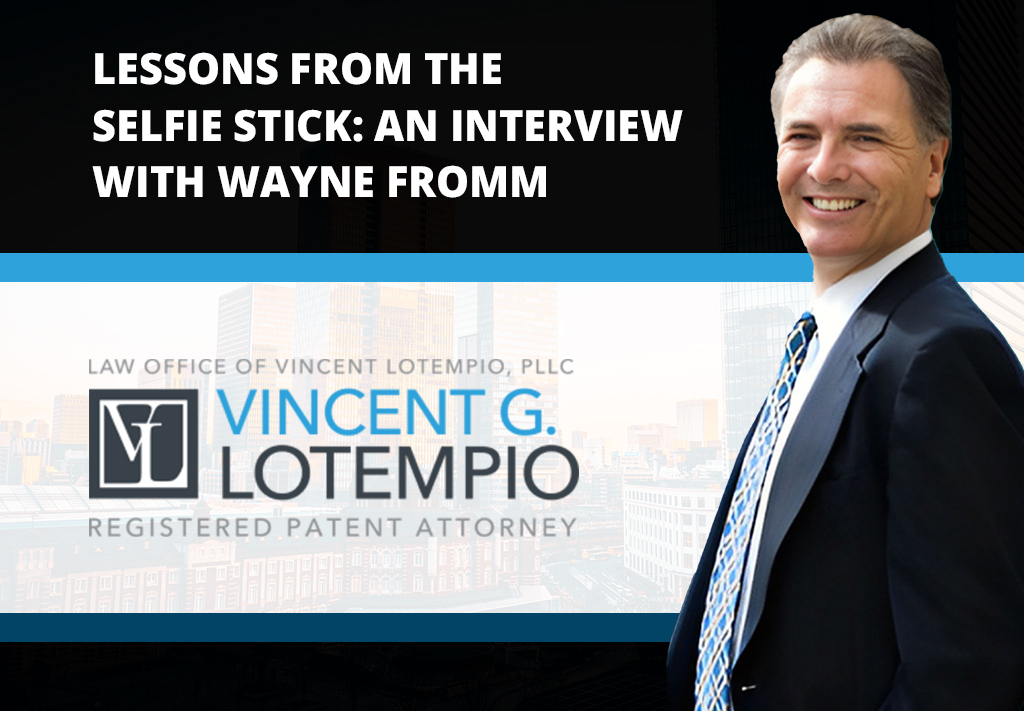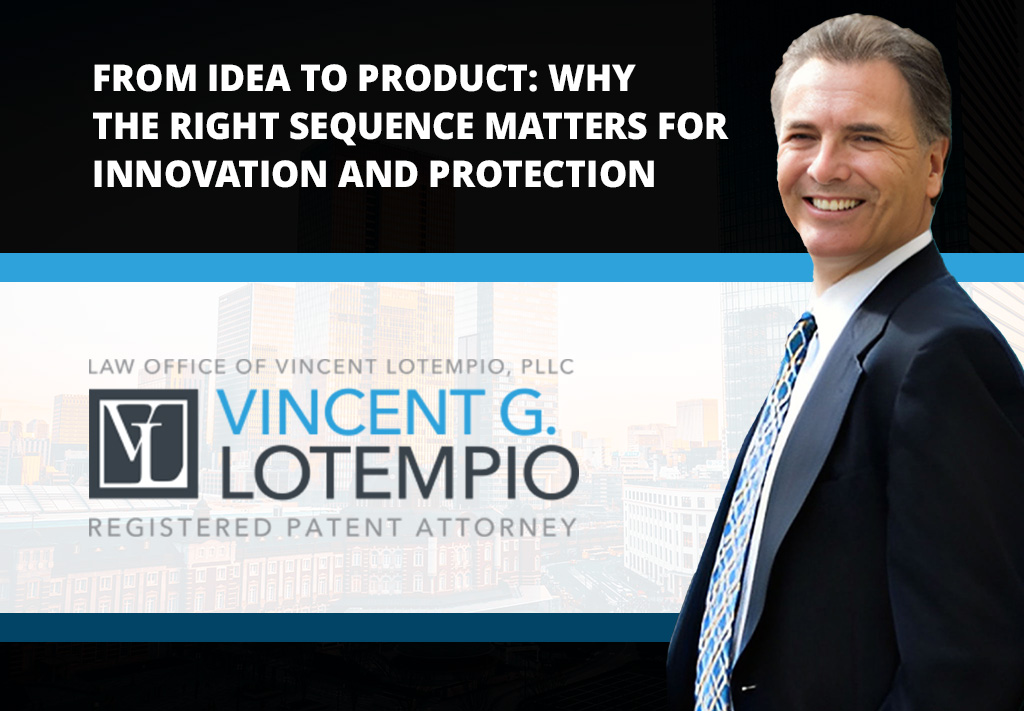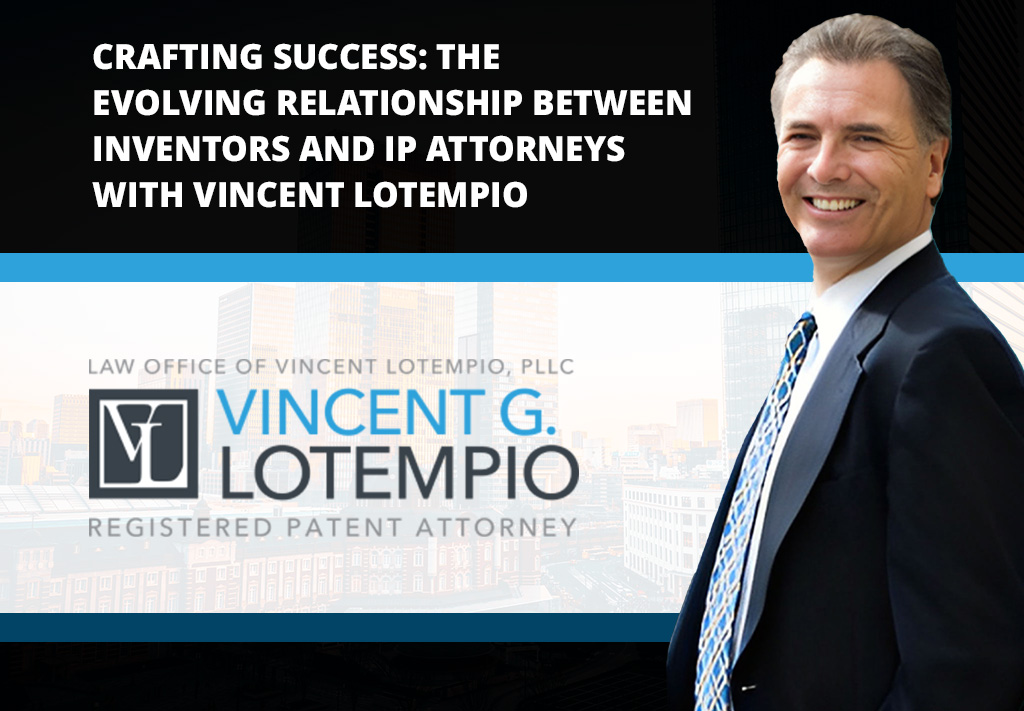Registration and maintenance of a trademark requires that the trademark is distinctive and does not become generic.
There are five categories of trademark distinctiveness:
In descending order, from strongest to weakest, the spectrum of distinctiveness:
- “FANCIFUL” – Fanciful trademarks are the strongest. They include made up words or phrases that have no relation to the product in question. Xerox and Kodak fall into this category, as the companies conceived the words for the sole purpose of selling a product.
- “ARBITRARY” – Arbitrary trademarks are very similar to fanciful trademarks, in that the words have no relation to the product. For example apples have nothing to do with computers. The difference is that arbitrary trademarks use actual words. Apple is an example of an arbitrary trademark.
- “SUGGESTIVE” – As the name implies, suggestive trademarks suggest some quality or characteristic about the product. They are not as strong as the preceding categories, but have their advantages by tying the word or phrase to the product in the consumer’s mind. For instance, Microsoft is a suggestive trademark because it suggests a software for microcomputers.
- “DESCRIPTIVE” – Whereas suggestive trademarks still leave some room for play in the consumer’s imagination, descriptive ones flat out describe the product. The United States Patent and Trademark Office (USPTO) typically does not grant descriptive trademarks because they refer to the product, itself, and not the source of the product. Once consumers associate the descriptive word or phrase with a brand, it takes on a secondary meaning and the USPTO may accept it. Consumer surveys help prove when the mark takes on a secondary meaning. International Business Machines is an example of a descriptive mark that has taken on a secondary meaning and is now widely associated with the brand it represents. Surnames are, also, treated as descriptive trademarks. The USPTO will not grant a trademark on a surname until the surname has taken on a secondary meaning. McDonalds and Hyatt are examples of surnames that successfully met secondary meaning requirements and became valid trademarks.
- “GENERIC” – Generic trademarks directly name the product. Unlike descriptive trademarks, the USPTO will never grant a generic trademark, even if it takes on a secondary meaning.
 This is because it would be unfair for only one company to have the rights to use a generic trademark. A company in the business of selling cell phones could not trademark “phone.” Not only does every cell phone company need to use the word “phone” to market its product, but the USPTO does not want to restrict the public’s right to use generic words, either.
This is because it would be unfair for only one company to have the rights to use a generic trademark. A company in the business of selling cell phones could not trademark “phone.” Not only does every cell phone company need to use the word “phone” to market its product, but the USPTO does not want to restrict the public’s right to use generic words, either.
A trademark might be generic when a company or individual initially files it with the USPTO. It is, also, possible for it to start off specific, but eventually become generic. This process is known as genericization or genericide. Genericization occurs when a trademarked word that previously described only a single product from a specific company is widely used to describe the entire group of similar products.
The first step in preventing genericization is picking a good trademark. As a general rule, the higher your trademark is on the above list, the easier it is to keep it specific. Descriptive marks are more likely to slip into common usage than arbitrary or fanciful ones. There are famous exceptions to this rule of thumb, however.
Sometimes a trademark, no matter how specific it originally is, begins to take on a generic meaning to describe the entire family of products it belongs to. You might not think it today, but escalator, zipper, aspirin, and heroin were originally all trademarked terms to describe a specific brand. If you want to keep your trademark, you have to put some effort in to protecting it.
One method of doing so is to push consumers to use other words. Nintendo was at risk of losing its trademark but successfully encouraged buyers to use the term “game console” when not referring specifically to Nintendo. Carefully writing advertisements can promote this. For instance, instead of saying something like “buy Nintendo,” say “buy Nintendo gaming console.” The difference is not enormous, but it may be enough for the general public to associate your trademark with your brand instead of the general product you are selling.
Another example of this is Xerox. Even though Xerox is a strong, fanciful trademark, the company was at a high risk of losing its mark due to genericization. To combat this, Xerox began strongly encouraging users to say “photocopy” as a verb or noun instead of simply using the brand name, such as, “I made a Xerox.”
However, it is difficult to successfully funnel the English language in a particular direction. Speakers love to turn brand names into verbs or pluralize them. If your best efforts to push different words and phrases on consumers and competitors fails, and you still feel your trademark is being genericized, traditional legal action is necessary.
In order to ensure competitors and consumers are aware of your trademark, it is essential to properly mark or designate it. Display TM for common law trademarks or an R with a circle around it for federally-registered trademarks. You don’t have to use these symbols every time you use your mark, but you should use them frequently enough to put others on notice that you have protected it.
Additionally, you have to monitor and protect your trademark. Pay attention to when other companies are using your mark and take action to stop them from doing so. You can issue cease and desist letters, sue, or enter into a coexistence agreement. No matter what your preferred approach is, you need to take some sort of action.
When trademark holders sit on their trademarks and do nothing to use or protect them, courts are likely to treat them as generic and part of the public domain. Simply put, if you don’t show an interest in maintaining personal rights to your trademark, the court is going to treat it as open for public use. In this sense, holders’ inaction can be the biggest factor in genericizing their own trademark.


 This is because it would be unfair for only one company to have the rights to use a generic trademark. A company in the business of selling cell phones could not trademark “phone.” Not only does every cell phone company need to use the word “phone” to market its product, but the USPTO does not want to restrict the public’s right to use generic words, either.
This is because it would be unfair for only one company to have the rights to use a generic trademark. A company in the business of selling cell phones could not trademark “phone.” Not only does every cell phone company need to use the word “phone” to market its product, but the USPTO does not want to restrict the public’s right to use generic words, either.







